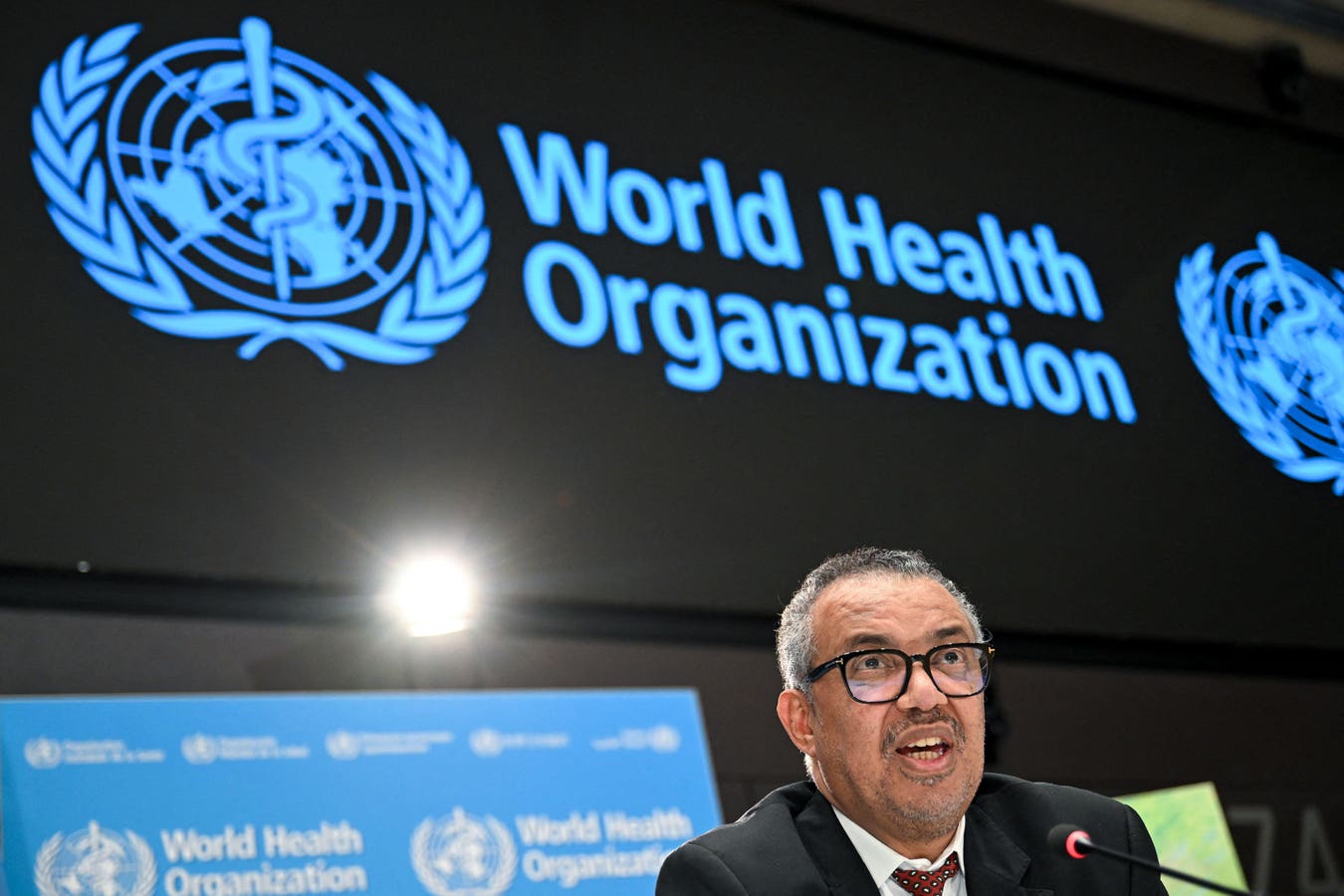Image depicting research in biotechnology and health sciences
getty
China’s biotech sector is surging. For the first time, it now leads the world in clinical trials and new drug licensing. The U.S., once the undisputed leader in pharmaceutical innovation, risks losing its competitive edge unless decisive action is taken.
To safeguard both our economy and national security, the U.S. must make biotechnology a strategic priority: rebuilding domestic capacity, aligning incentives and fostering an environment where innovation can thrive on American soil.
Pharmaceutical innovation is one of America’s crown jewels. The industry has long been an engine of global competitiveness and public health. For decades, our ecosystem of universities, capital markets and entrepreneurial risk-taking made the U.S. the world’s center for medical discovery.
Recently, however, the narrative around the industry has become negative as news stories and congressional disputes highlight high drug prices and insurance costs.
While a reckoning over high costs is overdue across the healthcare ecosystem, it’s important to remember that American biotech is a critical sector in our country’s economy and national security.
As I’ve written in past columns, when critical industries become overly dependent on foreign production, we expose ourselves to economic and strategic risks. Biotech is no different. If the current trajectory continues, the U.S. will fail to maintain leadership in this space, finding itself reliant on foreign markets not only for manufacturing but for drug discovery itself.
China’s rise in biotechnology is a national strategy, not a coincidence. Over the past decade, the Chinese government has poured billions into life sciences research, streamlined clinical trial processes and created robust incentives for foreign and domestic firms to operate there.
According to data from Global Data and Morgan Stanley, China now conducts more clinical trials than the U.S., accounts for nearly a third of new global drug approvals, and is on pace to reach 35% of FDA approvals by 2040. And Beijing and Shanghai have more R&D space under construction than Boston, the longtime epicenter of American biotech.
This growth has been fueled by deliberate policy choices: direct funding, regulatory agility and aggressive IP acquisition. Western companies are licensing compounds from Chinese startups at an accelerating pace. Every deal that transfers early-stage innovation from Boston or San Diego to Shanghai represents not just a business transaction but a shift in global leverage.
While China expands through targeted investment and regulatory speed, the U.S. is burdening its own innovators with uncertainty and red tape. Layers of regulation, inconsistent reimbursement frameworks and the looming impact of drug price controls under the Inflation Reduction Act—combined with renewed discussion of international “Most Favored Nation” pricing—have made long-term R&D less attractive.
Pharmaceutical innovation requires patience, tolerance for failure and lots of money, which quarterly earnings pressures and political posturing often undermine. Wall Street’s short-term orientation discourages reinvestment in research, while Washington’s expanding bureaucracy slows progress and shifts incentives toward low-risk projects.
The result is a structural disadvantage. Our best minds face an environment that penalizes risk-taking. If we continue to neglect pharmaceutical research as a pillar of national strategy, we might hollow out a sector that has long defined American leadership in science and medicine.
At the same time, dependence on foreign biotechnology is a national security issue. As I argued in a past column, the early months of COVID-19 exposed how fragile our pharmaceutical supply chain had become. We learned then that more than two-thirds of the active pharmaceutical ingredients used in U.S. medicines were produced overseas, much of it in China and India.
If we allow biotech innovation itself to migrate abroad, the consequences will be far greater. We risk losing first access to life-saving therapies, ceding control over clinical data and manufacturing standards and exposing ourselves to geopolitical leverage.
China’s government has already made clear that it views biotechnology as a domain of strategic competition, not mere commerce. The U.S. must adopt the same lens. Just as no country would outsource its entire energy supply to a rival, we cannot afford to outsource our biomedical future.
The new administration’s tariff agenda has begun a long-overdue conversation about how to ensure national resilience and independence. But the country will need more than just tariffs alone. American leaders have three levers at their disposal to make biotechnology a national priority.
The first is strategic investment. This means expanding targeted incentives for domestic R&D, manufacturing and workforce development, so that advanced biomanufacturing capabilities are located within U.S. borders or allied nations. The second includes regulatory modernization and streamlining the FDA approval process to maintain safety while accelerating clinical development. Lastly, they can build a long-term value framework by redefining “cost” and “value” in drug development to support sustainable innovation, not just short-term affordability.
Policymakers, investors and industry leaders must recognize that the question is no longer “what’s cheapest over the next few months?” but rather “what strengthens innovation, independence and national resilience over the long term?”
The United States still holds extraordinary advantages: world-class universities, a culture of innovation, deep capital markets and a legacy of scientific excellence. But advantages can erode quickly when strategy is absent. If we fail to act, we will wake up to find that the breakthroughs once made in Boston and San Diego are being developed, tested and commercialized in Beijing.
The moment calls for strategic clarity and national resolve. Biotechnology is not just another industry. It’s a key pillar of our future health, security and competitiveness. The question is whether we have the foresight and discipline to protect it.









